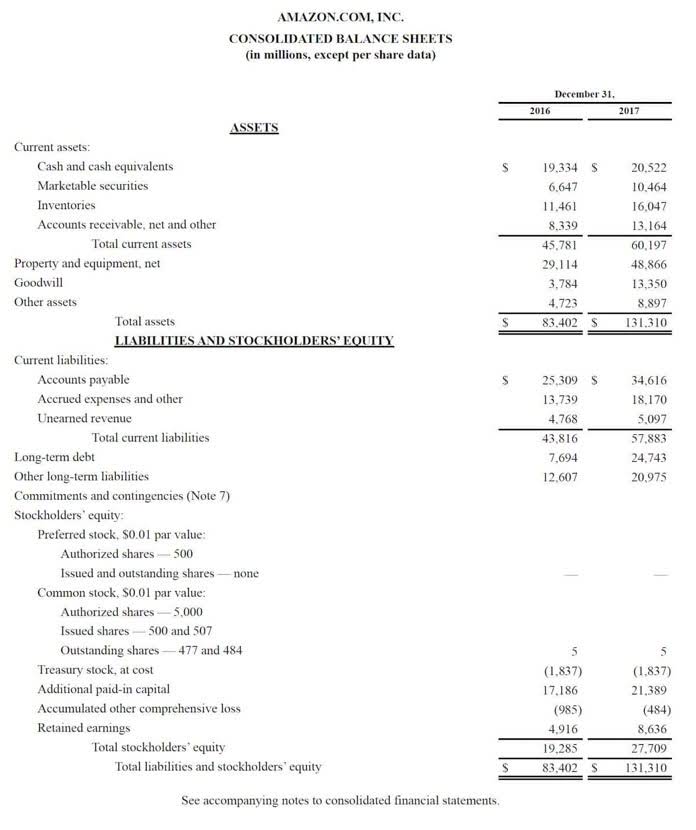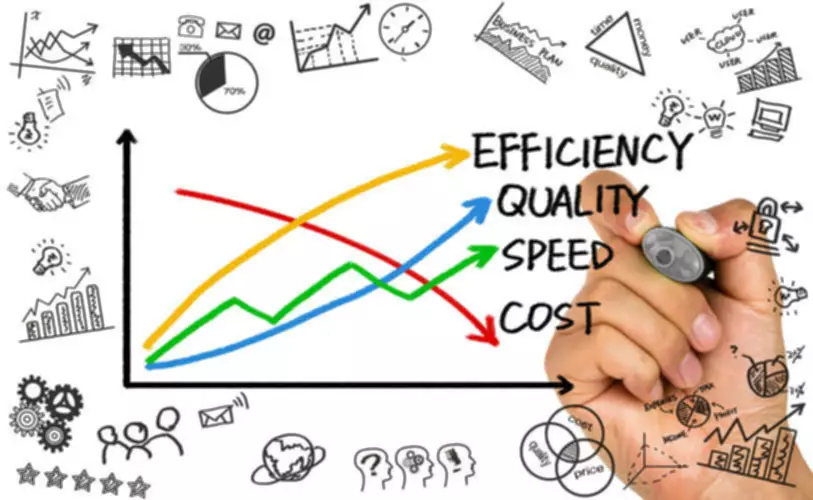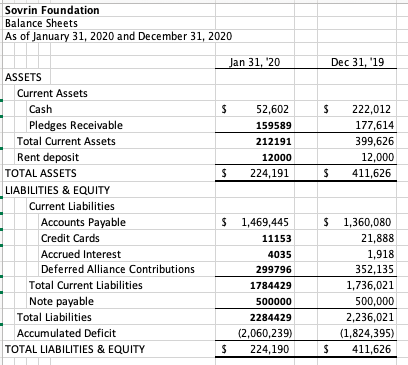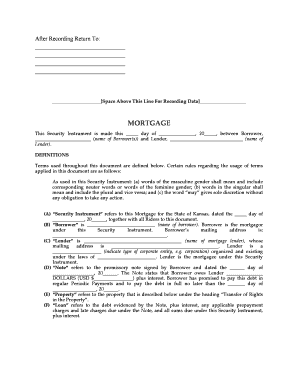
Cost includes not only the purchase cost but also the conversion and other costs to bring the inventory to its present location and condition. If items of inventory are not interchangeable or comprise goods or services for specific projects, then cost is determined on an individual item basis. Conversely, when there are many interchangeable items, cost formulas – first-in, first-out (FIFO) or weighted-average cost – may be used. Techniques for measuring the cost of inventories, such as the standard cost method or the retail method, may be used for convenience if the results approximate cost.
- Assuming that costs generally rise, FIFO will typically be more advantageous.
- That is to say, they’re an accurate representation of the cost of goods available for sale (which is an amount needed to run through your inventory valuation).
- The IRS requires companies to commit to one method during their first year of filing tax returns, and to obtain permission if they want to change the method in subsequent years.
- Factors such as maintenance and fuel costs are also being taken into account.
In such a scenario, businesses can record the loss using the lowest of cost or market technique. A company may have a decommissioning or restoration obligation to clean up a site at a later date, which must be provided for. Accordingly, these decommissioning and restoration costs are recognized in profit or loss when items of inventory have been sold. Like IAS 2, US GAAP companies using FIFO or the weighted-average cost formula measure inventories at the lower of cost and NRV. Unlike IAS 2, US GAAP companies using either LIFO or the retail method compare the items’ cost to their market value, rather than NRV.
Related content
When we share and internalize values, they allow us to know ourselves better and guide us to choose what is best for us. Although the PVA is a self-assessment, respondents do not evaluate the results themselves. A detailed result with explanation follows successful completion of the form, which helps understand how connected we are to our internal standards.
Under IAS 2, the cost of inventories measured using the retail method is reviewed regularly, in our view at least at each reporting date, to determine that it approximates cost in light of current conditions. The percentage of gross profit margin is revised, as necessary, to reflect markdowns of the selling price of inventory. The most precise valuation method digital payroll solutions to keep up with the future of work is to identify specific items in your inventory and add up the purchase cost of each item. This is impractical for obvious reasons, especially for manufacturing businesses and those that turn over a lot of goods. If you cannot specifically identify the cost of your inventory, you must use either the FIFO, LIFO or weighted average valuation methods.
Zebra Earnings: 2023 Demand Now Looks Weaker, but We’re Still … – Morningstar
Zebra Earnings: 2023 Demand Now Looks Weaker, but We’re Still ….
Posted: Wed, 02 Aug 2023 21:32:46 GMT [source]
There are three general categories of inventory, including raw materials (any supplies that are used to produce finished goods), work-in-progress (WIP), and finished goods or those that are ready for sale. Two very popular methods are
1)- retail inventory method, and
2)- gross profit (or gross margin) method. The physical inventory is valued at retail, and it is multiplied by the cost ratio (or percentage) to determine the estimated cost of the ending inventory. IAS 2 provides guidance for determining the cost of inventories and the subsequent recognition of the cost as an expense, including any write-down to net realisable value. It also provides guidance on the cost formulas that are used to assign costs to inventories. Net realisable value is the estimated selling price in the ordinary course of business less the estimated costs of completion and the estimated costs necessary to make the sale.
One More Consideration: Cost or Market?
This inventory is an asset to your business as it has value, and will convert to cash at some point in the future. Each method has a different impact on your tax bill and will determine how healthy your business looks to purchasers, lenders and investors. Businesses with large profit margins are attractive to potential investors and shareholders. Accurately valuing inventory directly impacts its gross profit and income statement, which gives investors an idea of its financial performance.
- It’s important to keep this in mind, especially if you get into an accident that totals the vehicle, or can’t keep up with payments.
- It also ensures the company can accurately represent the value of inventory on its financial statements.
- If prices are increasing throughout the year, a FIFO inventory valuation technique will give you a higher value for closing inventory.
- For instance, a major electronics store will want to sell off all of its inventory as quickly as possible in order to prevent the items from becoming obsolete in the face of ever-advancing technology.
Inventories require a place to hold them, a practice which may entail businesses to purchase storage facilities. You might have paid various rates for these things during the course of the year, therefore you need to decide on a method to determine a standard cost. A rate that you can multiply by the quantity is also necessary in order to arrive at a final value.
Powerful Existential Therapy Techniques for Your Sessions
Inventory valuation is a process in accounting that businesses use to determine the value of unsold inventory stock when they are producing their financial accounts. For an organization, inventory stock is an asset that must have a monetary value in order to be recorded on the balance sheet. Your inventory turnover ratio can be calculated using this value, which can help you plan your purchasing decisions.
The choice of inventory valuation method is an important decision for any company. For many businesses, inventory represents a significant percentage of their total asset value. The way a company values that inventory can directly affect its COGS, profit and tax liability, and once it chooses a method, it generally has to use it for an extended period. Therefore, the method a company uses to value its inventory directly affects its gross profit and income statement, which gives banks and investors an idea of financial performance. Inventory valuation also affects a company’s balance sheet, which lists the company’s assets and liabilities.

It also ensures the company can accurately represent the value of inventory on its financial statements. The average cost method uses the average cost of the items purchased during the accounting period and assigns it to all the unsold inventory and the goods sold. The IRS does not let you use WAC for valuing inventory on your tax returns. Inventory valuation is an accounting practice that is followed by companies to find out the value of unsold inventory stock at the time they are preparing their financial statements. Inventory stock is an asset for an organization, and to record it in the balance sheet, it needs to have a financial value. This value can help you determine your inventory turnover ratio, which in turn will help you to plan your purchasing decisions.
What Is Inventory Accounting?
Along with that, Specific ID provides the most accurate record of inventory costs and gross profits—which are foundational in calculating your total inventory value. The way a company values its inventory directly affects its cost of goods sold (COGS), gross income and the monetary value of inventory remaining at the end of each period. Therefore, inventory valuation affects the profitability of a company and its potential value, as presented in its financial statements. For example, the First In, First Out (FIFO) method values inventory as though the first inventory items purchased are the first to be sold. The Weighted Average Cost (WAC) method is based on the average cost of items purchased.
It is important because it prevents exuberant costs because of purchasing too much or inessential inventory, rather prioritizing the obligatory inventory. If an entity has been issued a loan by a lender, the agreement may include a restriction on the allowable proportions of current assets to current liabilities. If the entity cannot meet the target ratio, the lender can call the loan.
Remember that inventory is generally categorized as raw materials, work-in-progress, and finished goods. The IRS also classifies merchandise and supplies as additional categories of inventory. Possessing a high amount of inventory for a long time is usually not a good idea for a business.
Also known as stock control, this process helps optimize inventory levels, reduces storage costs and prevents stockouts. The following examples demonstrate how the different types of inventory work in retail and manufacturing businesses. Although inventory can be described and classified in numerous ways, it’s ultimately its management that directly affects an organization’s order fulfillment capabilities. When a higher valuation is recorded for ending inventory, this leaves less expense to be charged to the cost of goods sold, and vice versa. For example, car dealerships, art galleries, and jewelry stores often utilize specific identification to inform their inventory valuation.
Using the same example as above, let’s imagine you use LIFO to determine inventory value. The cost of buying mugs for your inventory went up over the summer season, as seen in the “Cost per unit” column. Inventory counts help you understand which stock is moving well and inventory managers often use this information to forecast stock needs and manage budgets.

Companies who can benefit from weighted average cost are those who order inventory on a regular basis and who experience a relatively fast inventory turnover. Even with a high level of reordering, WAC can easily be calculated since you aren’t tracking every single purchase or each individual purchase price. In addition, the average cost method can be super helpful as prices are fluctuating. In today’s market, prices for raw materials and finished goods are changing all the time—but these constant markups/markdowns make it difficult to know what you paid for an individual unit. While the LIFO method excels at preventing perishable items from going bad, it’s not always the most reliable indicator of ending inventory value.













